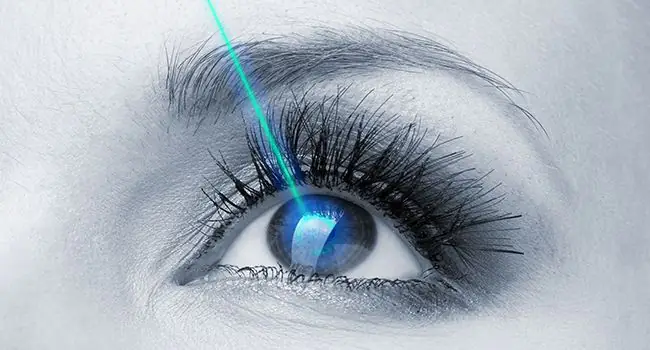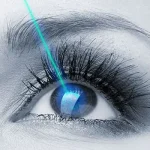Do you know how complex the structure of the eye is? Multiple small yet very important parts come together to form the whole eye and function in tandem to ensure good vision. The retina is one of these parts and is extremely important as far as your visual ability goes.
The retina is a very thin layer of nerve that covers the back of your eye, and it is on this thin film that light is projected through the pupils, lens, and cornea of the eye. These images are converted into signals by the retina that are carried to the brain by the optic nerve.
Hence, it is pretty clear that any injury to the retina will disrupt these signals and cause problems with your vision. Retinal tear is one of the most commonly occurring injuries to the retina and, if not detected on time, may lead to complete retinal detachment.
When you visit an ophthalmologist with symptoms like seeing floaters or sudden onset black spots or flashes of light and blurred vision, a possibility of retinal tears is suspected. Following your initial check-up, the first step towards retinal tears diagnosis starts with a detailed examination of both eyes by your ophthalmologist. The doctor may also advise you to get ultrasound imaging to gauge the retina.
An early and accurate retinal tear diagnosis will pave the way for an effective retinal tear treatment, which will help avoid further complications.
What are the treatment procedures for retinal tears?
Retinal tear treatment procedures consist of both conservative and surgical treatments.
- Conservative Treatment for Retinal Tears
Whether retinal tears should be treated conservatively or otherwise depends on the size and severity of the tear. Usually, tears that are very small and considered to be less risky are treated by conservative methods that include regular monitoring of the tears. The doctor will leave the tears alone if there’s no indication that they will grow or cause retinal detachment.
- Interventional Treatment for Retinal Tears
There are two popular interventional retinal tear treatment procedures used by ophthalmologists worldwide — LASER surgery and Cryopexy or Cryotherapy.
1. LASER surgery for retinal tears
Laser surgery for retinal tears or photocoagulation is the most common retinal tear treatment procedure. Here’s what to expect:
Before the actual procedure takes place, your doctor puts anaesthetic eye drops in your eye.
The laser beam is focused on the retinal tears, and the area surrounding the tears is targeted and burned, creating scar tissue, which helps seal the retinal tear.
This procedure is popular because of its success and also because it is relatively less painful. Your doctor may still advise you to have bed rest for a few days after surgery and some topical steroids for the post-surgical pain and inflammation.
2. Cryopexy or Cryotherapy
This procedure uses a freezing probe which is placed on the tear by your doctor. Before the procedure, anaesthesia is injected into the eye, after which the freezing probe is placed.
This probe freezes the area leading to scar formation. Several areas need to be frozen for this procedure. This scar tissue formed helps to seal the retinal tears. This procedure is not that painful; you will only feel a cold sensation when the freezing probe is placed.
After the procedure is complete, a steroid is injected into your eye.
What to expect after the retinal tear treatment?
Both the interventional procedures for retinal tear treatment are non-invasive and painless. This means even if it might take some time to achieve a clear vision post-surgery, you can usually resume your day to day activities within a few days of surgery.
Your ophthalmologist will usually advise you to rest for a few days after surgery and avoid strenuous activities until the scar tissue is healed.
Note that retinal tear procedures have a very high success rate, and tears reoccur or progress only in rare cases.
Why Choose Centre for Sight?
Centre for Sight works with leading ophthalmologists who can provide you with one of the best possible eye care. Known for our use of innovative technology, our doctors can ensure a proper diagnosis with effective and timely treatment.
Article: Retinal Tear: Treatment, Diagnosis & Procedures | Centre for Sight
Author: CFS Editorial Team | Aug 17 2021 | UPDATED 08:00 IST
*The views expressed here are solely those of the author in his private capacity and do not in any way represent the views of Centre for Sight.





